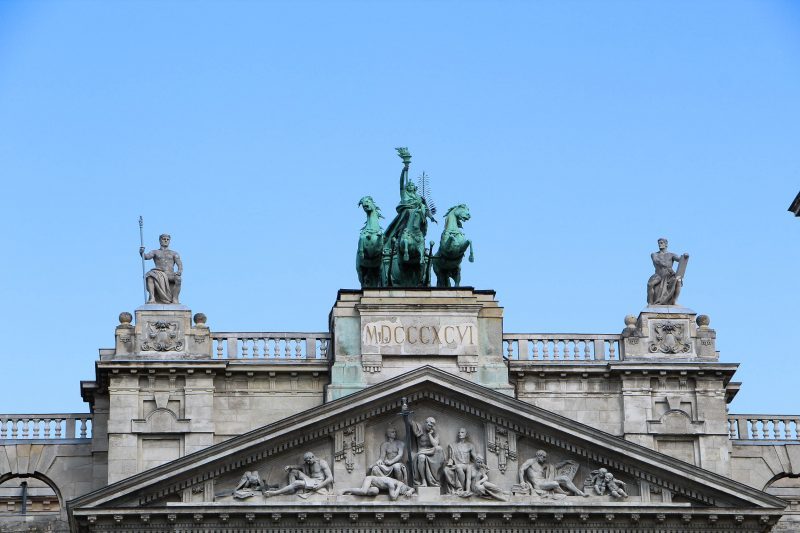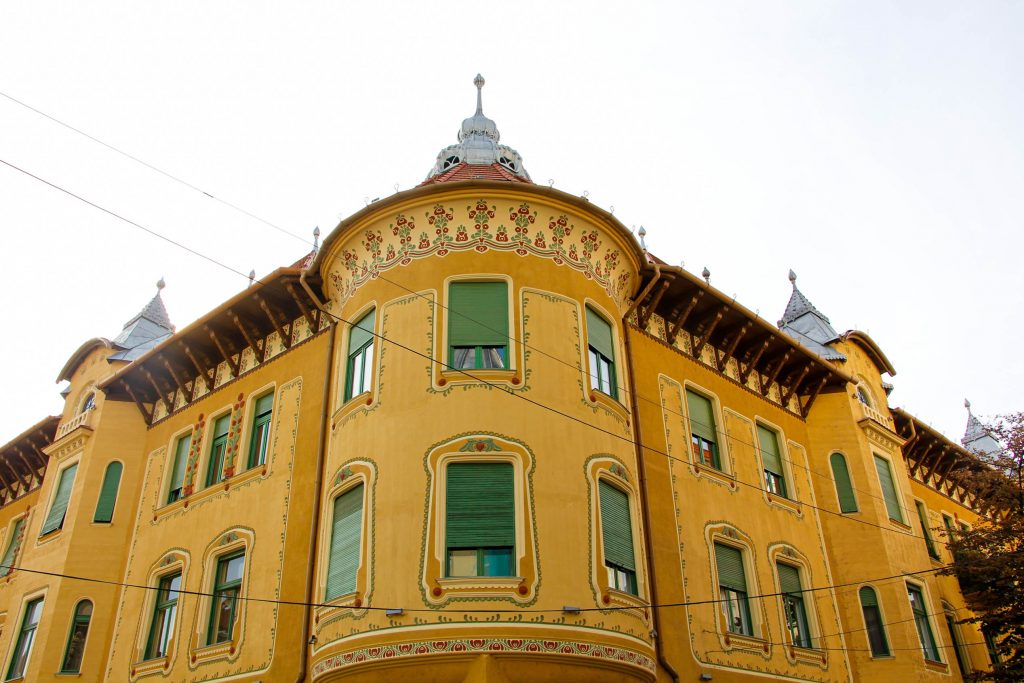Hungary is the land of the Magyars and goulash, it is also a true treasure of history and architecture!
Hungary has changed completely in less than 10 years. The capital Budapest is now a very popular destination in Europe and tourists flock here.
Almost everything here has been renovated, terraces, fountains and restaurants are flourishing in all parts of the city. The other side of the coin is that prices have also changed and it is no longer a cheap destination.
But the country is worth a visit, and so are the Hungarians.
Jo napot Magyarország! A nevem Christine, francia vagyok, örülök, hogy találkozhatom! Hello Hungary!
Budapest, the pearl among the European capitals, has regained its glory
Budapest is a lively and cheerful city day and night. Life is busy, the museums are numerous and exciting. On the wide boulevards and alleys a whole range of bars and restaurants welcome visitors.
Budapest has architectural wonders to offer: from ancient Rome to the Baroque, majestic buildings can be found on every corner.
The capital is widely known for its spas, or more precisely for its thermal baths.
Even the Romans knew how to take full advantage of these hot springs (up to 76°!). The therapeutic effect is real, many Hungarians use them to treat rheumatism and respiratory problems.
Relaxing in the steaming baths under the vault of stars at nightfall is one of the experiences not to be missed. When you go from the hot pool (40°) to the very cool (-8°), this will bring a tired traveller back on his feet!
Besides relaxation, these baths also have an important social role. Hungarians meet there with family or friends, bathing is a privileged moment of exchange.
From the most luxurious to the most popular, the thermal baths of Budapest and elsewhere are a must to understand Hungary.
In Hungary you will find admirable art and history museums
I visited Hungary in 2003 and on that occasion I rushed to the National Gallery, Magyar Nemzeti Galéria (MNG). The museum that I visited that year has nothing to do with the one I visited in 2019. Galéria is beautiful today, you can admire many talented Hungarian artists. The building is very well organized, the lighting shows exactly the right works and everything is grouped by epochs.
The Buda Palace, which houses these masterpieces, has been perfectly renovated and is now in excellent condition.
The National Gallery is not the only museum where you can get a good dose of general culture: Budapest has some very interesting museums from all eras: the House of Terror (fascist and communist period), the National, History, Art Nouveau or Art Museum, there is something to keep cultural amateurs busy.
And in Hungary, what’s good to eat?
Hungarians are very proud of their gastronomy. They have the habit of announcing this loud and clear. For them there are 3 great cuisines in the world: French, Asian and … Hungarian!
Let’s pay tribute to the national dish right away: goulash (or gulash, goulasch, gulyás, gulas, etc.). This beef stew, cooked with strong or sweet peppers, is a delight. Few people know it, but it is a soup at the base. The Germans, who took it over a long time ago, call it Gulaschsuppe. It is eaten with local dumplings (Knödel) or potatoes. But be careful, goulash is goulash, pörkölt and paprikás are very different dishes.
The soup is very popular here. It is a starter in every season. With fresh vegetables (Magyaros gombaleves with mushrooms) or with pulses (bableves) for the most famous ones. The most surprising is certainly the sour cherry soup (made from unsweetened fruits), which is traditionally served here before the main course. If you are adventurous, order a Cseresznye leves!
As everywhere in Central Europe, you will find many dumplings, gnocchi-like noodles (nokedlis) as well as sweet and savoury pancakes, filled or unfilled.
Hungarian cuisine is neither refined nor light. It is a rustic, tasty and fragrant cuisine (cabbage, potatoes, beans and the inevitable paprika), which suits your stomach and “nourishes a man” (and a woman too, you don’t exaggerate).
What do you drink with these famous Hungarian dishes?
Beer, of course. It is everywhere, but it is not always Hungarian. It doesn’t matter, the most important thing will be not to toast it. Here we will toast with wine and cognac, but not with beer, you would look like a lout.
Wine is the pride of the Hungarian people. The most famous is Tokay, and it’s worth the best French wines. Hungary has a centuries-old winemaking tradition, and it is highly recommended to get to know the local wine: strong, robust, dry, sweet or fruity, they are all equally good.
The Barackpálinka, ha ha, watch out! It is a strong alcohol made from apricot (Barack), which turns many heads. Be careful, it is strong and the Hungarians drink a lot: Egészség!
Travelling also means meeting the Hungarians
Hungary has a turbulent history. Dictatorships and authoritarian regimes have followed each other, sometimes with periods of terror. The country joined the European Union in 2004, but the weather is not always good for Hungarians. Hungary is a nation that is proud of its history and identity, which is not always in harmony with its neighbours. Issues like the EU or politics can quickly become tense.
Some Hungarians are not always sympathetic to visitors, they can be cold and distant. They are proud of their language and will appreciate the traveller who make the effort to speak it, even if it is not easy.
Budapest is drowning in a flood of international tourists who are indifferent to the country’s problems. The inhabitants of the capital are seriously exhausted and pay no attention to these visitors. Outside the tourist areas, travellers find friendly and hospitable Hungarians who open their hearts and bottles of pálinka.
Köszönöm, viszlát, találkozunk hamarosan!
Next travel: Let's enjoy Romania !
“Romania? But what are you doing in Romania? There is nothing to see there!”
Huh? Romania is an exciting country full of landscapes, forests, cities and beautiful roads. Yes!

